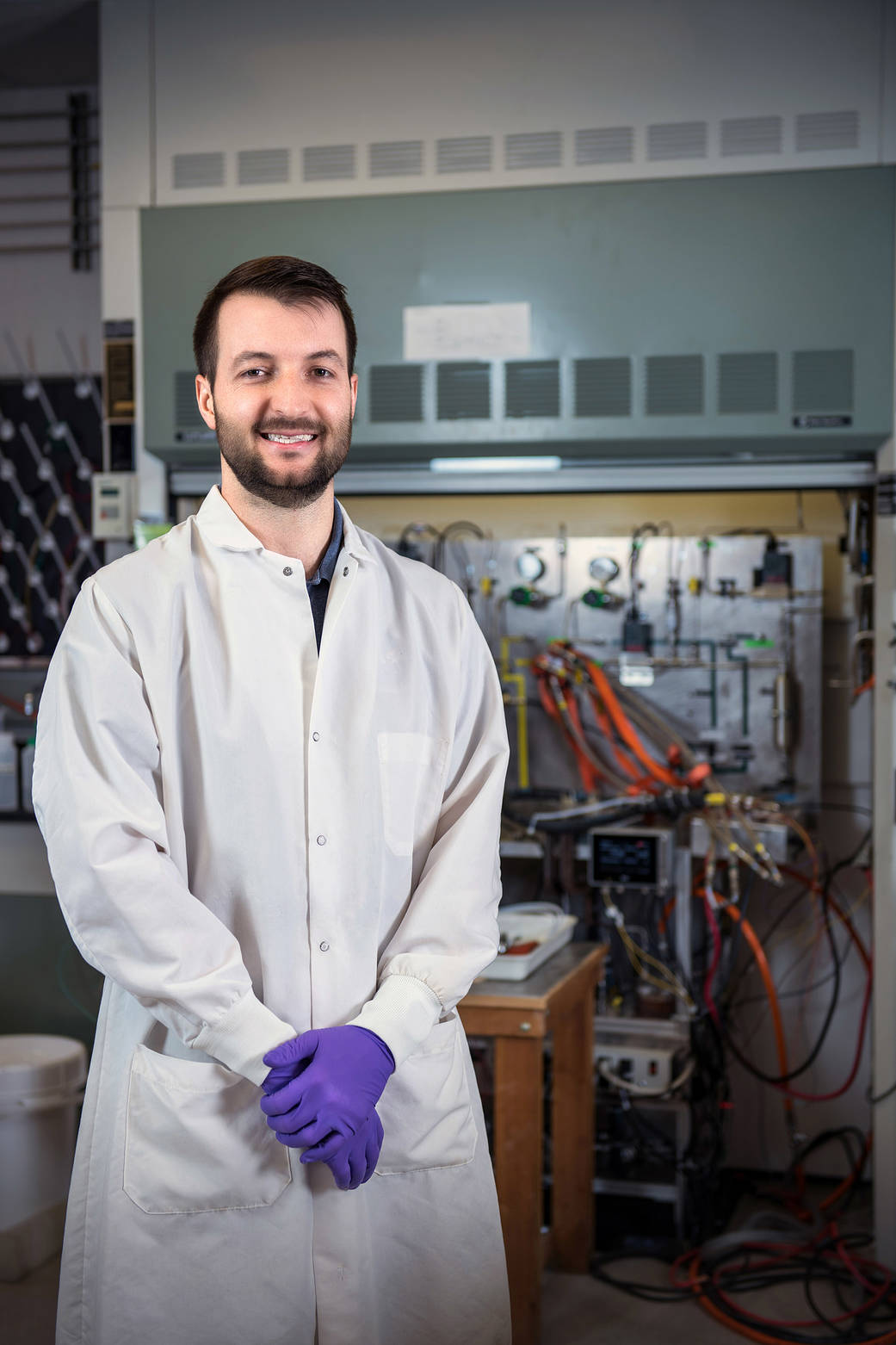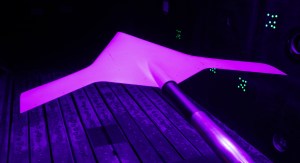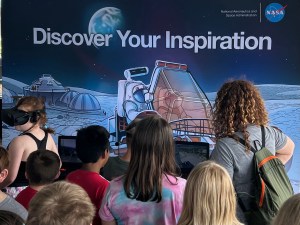“Be comfortable being uncomfortable.” That advice comes from NASA Research Engineer Kerrigan Cain, who isn’t afraid to be challenged.
He works on space power systems in NASA Glenn’s Photovoltaics and Electrochemical Systems group, as well as additional research to understand the atmospheres of Earth and other planets.
“There will be plenty of challenges on your road to becoming an engineer but being able to address them head on will be instrumental in forming you as an engineer,” said Cain.
His path to engineering was influenced by his grandfather, a research chemist.
“I really found a passion for chemistry, math, and physics in high school,” said Cain. “While discussing my passion for these classes, he suggested I investigate chemical engineering, which combined all the subjects I loved. So, I pursued a degree in chemical engineering and really found my calling.”
Cain received his bachelor’s degree in chemical engineering from Case Western Reserve University and his Ph.D. from Carnegie Mellon University.
While he loved math and science, he also found an appreciation in other subjects that made him a more well-rounded student. “English and writing classes can be really rewarding, because a big part of engineering is being able to clearly communicate your research and results,” he said.
Cain’s advice to students is to research the different branches of engineering. “There are many different forms of engineering, but they all have some overlap,” he explains. “Learn more about them and decide what interests you!”
































